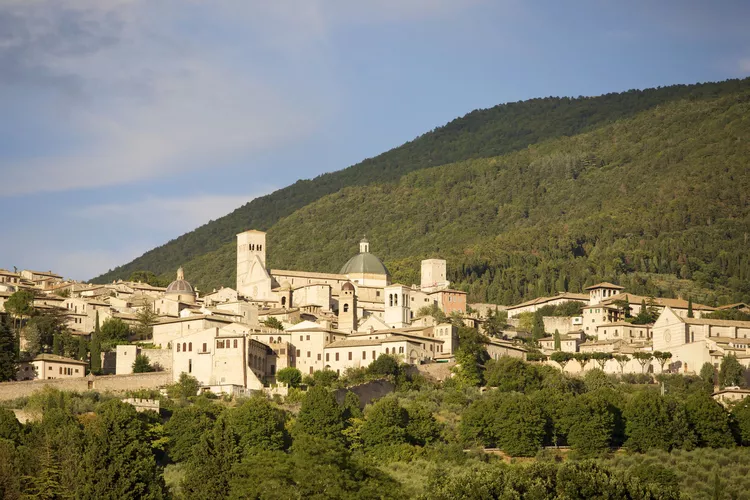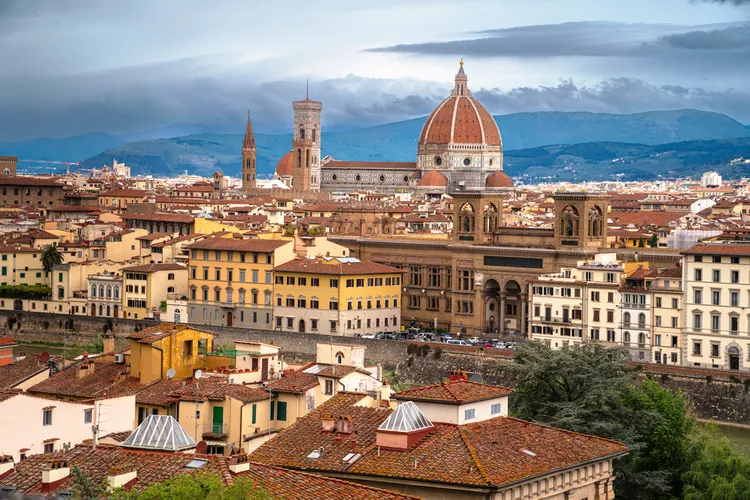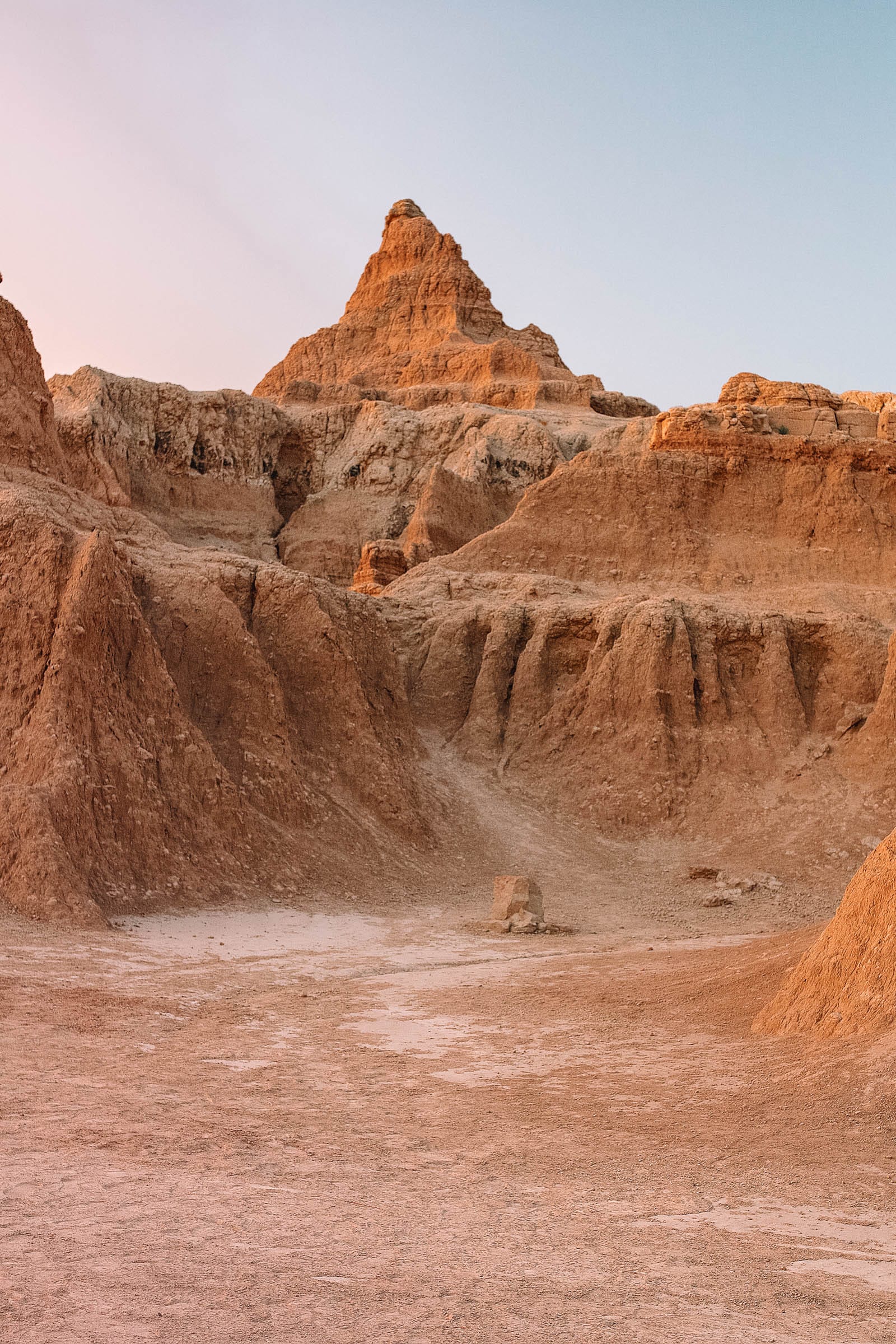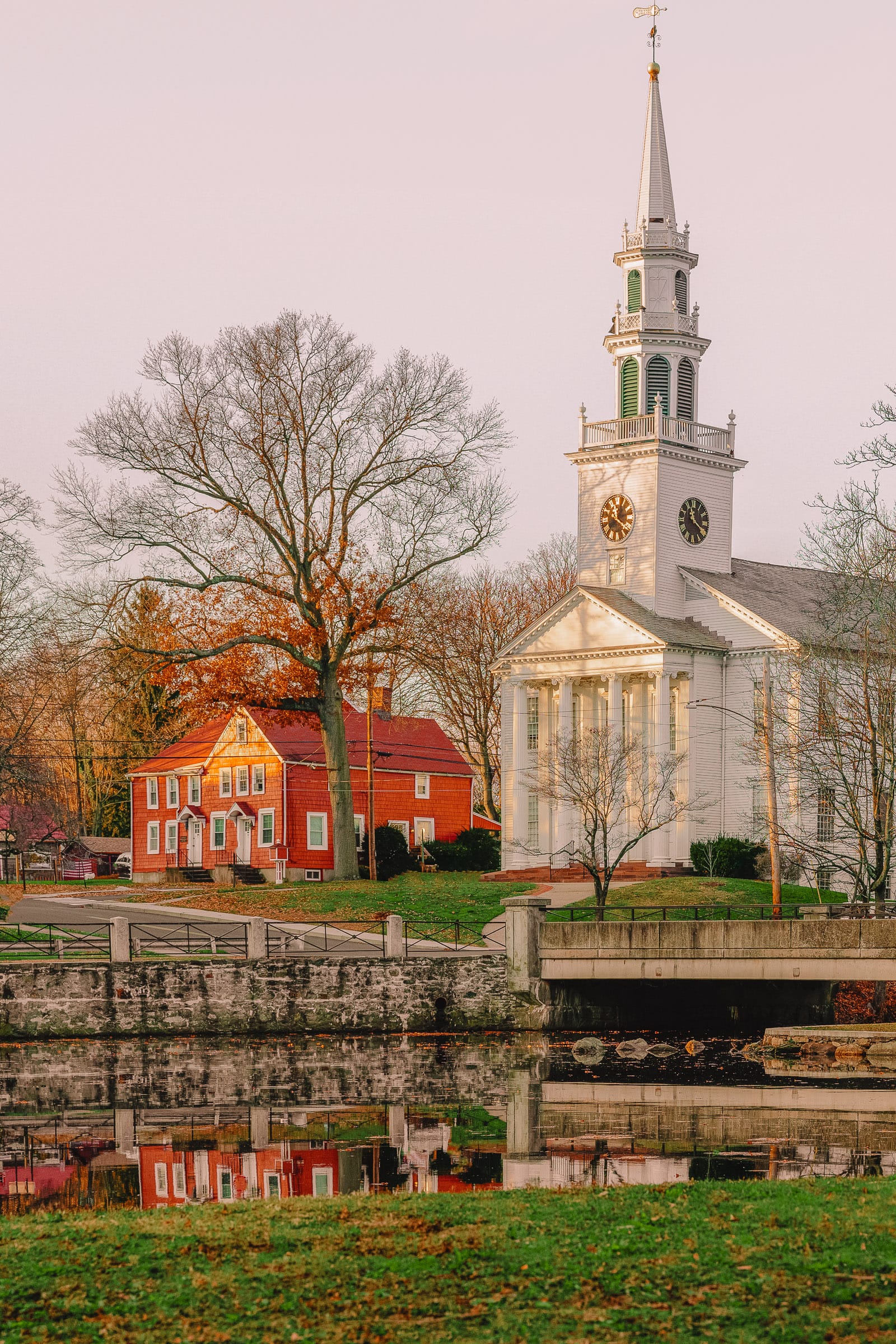Discover Assisi: A Gem in Italy
Assisi is a superb hill town in the beautiful region of Umbria in Italy. To visitors, medieval “hill towns” are like storybook towns that time forgot; they did not develop into big cities over the centuries, but rather kept their narrow lanes, massive gates, stone buildings, and other features we find so charming.
However, Assisi is much more than a pretty hill town. Thousands come to worship in Assisi’s magnificent churches, and to pray to Francis of Assisi, a much-beloved saint.
St. Francis of Assisi (1182-1226), the patron saint of Italy, is affectionately called Il Poverello, the Little Poor One, because he lived and preached a life of simplicity and poverty. He did not, however, start life that way; in fact, the life of St. Francis of Assisi is a “riches to rags” sort of tale.
Background: St. Francis of Assisi
The man we know as St. Francis–a saint often pictured amidst birds and animals, who lived in simplicity and poverty–was neither poor nor saintly in his youth.
He grew up in Assisi as the son of a wealthy merchant, and was a wild young bon vivant: he loved to sing, and was a troubadour; he loved fine clothes. However, when the town of Assisi fought Perugia when Francis was twenty, he was captured and spent a year in prison. Once free, he completely changed his life: He gave all he owned to the poor, he tended lepers, and preached a message of poverty, humility, and joy.
Francis spent years wandering, preaching, and singing canticles. Furthermore, he set up a community to live by his ideals. At that time, the Catholic Church embodied the strictest type of hierarchy; Francis preached a humble faith, much closer to the life of Christ.
Basilica de San Francesco

Today, in Assisi, pilgrims flock to the beautiful Basilica de San Francesco. The lower church, where St. Francis is buried, is entered through the archway depicted above, and is a marvel of beauty, with decorated vaulted ceilings, some painted dark blue and dotted with stars.
In the crypt of the lower church is St. Francis’ tomb. Significantly, St. Francis himself wanted a humble burial place, with the criminals on what was called “Inferno Hill,” outside the city walls. His closest follower, Brother Elia, followed the letter if not the spirit of his wish: He waited until Francis was made a saint, and then in 1228 began construction of a two-storey basilica on that hill, which was now given a new name, the “Hill of Paradise.
Upper Church of the Basilica de San Francesco

The upper church of the Basilica de San Francesco was severely damaged in an earthquake in 1997: The roof collapsed, killing four people. Fortunately, the beautiful, airy church has now been restored, showcasing remarkable architectural details and serene beauty.
Overview of the Hills Town of Assisi

Believers and non-believers alike can enjoy this beautiful hill town. Moreover, even those who don’t venerate St. Francis must admit that this poet, singer, wild youth, and saint was a fascinating figure in his time.




